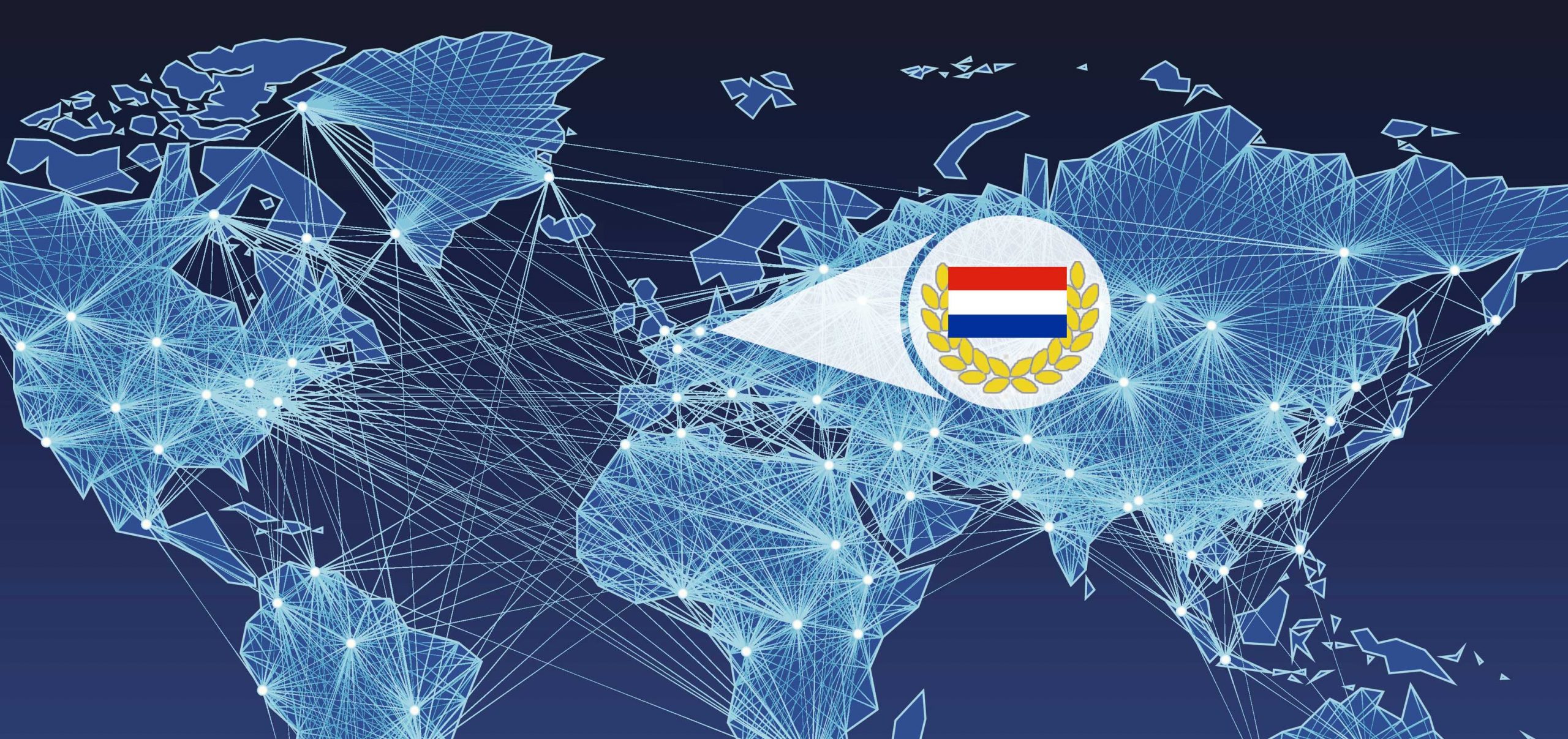
<!--[CDATA[
DHL Global Connectedness Index shows: global connectedness increases continually and Netherlands is the world’s most connected country
In it’s fourth edition of its Global Connectedness Index (GCI) DHL shows, that global connectedness, measured by cross-border flows of trade, capital, information and people, surpassed its 2007 pre-crisis peak during 2014. In 2015, globalization’s post-crisis expansion slowed, but the data indicate that it did not go into reverse. Currently available evidence – still preliminary in some areas – suggests that the world was about 8% more connected in 2015 than in 2005.
The information pillar – measured by international internet traffic, telephone call minutes and trade in printed publications – showed the strongest growth over the reporting period (2013-
2015). The gains in capital and people flows have been more modest, while the decline in the proportion of goods traded across borders – which began in 2012 – accelerated in 2015.
“The GCI documents that globalization has finally recovered from the financial crisis, but faces an uncertain future“, commented Deutsche Post DHL Group CEO Frank Appel. „It is imperative that policymakers and business leaders support an environment in which globalization can continue to flourish and improve the lives of citizens around the world.”
The 2016 country and regional index results
In addition to a comprehensive overview on the state of globalization, the 2016 report also provides detailed insights into the connectedness of individual countries and regions. The Netherlands retained its top rank as the world’s most connected country and Europe is once again the world’s most connected region. All but two of the top 10 most globalized countries in the world are located in Europe, with Singapore and the United Arab Emirates as the standouts. North America had the largest gain in overall global connectedness during the past two years, followed by South & Central America & the Caribbean. Countries in South & Central Asia and Sub-Saharan Africa suffered a drop in their average levels of global connectedness.
New York and London only average
The twin trends of globalization and urbanization have prompted rising interest in global cities. The 2016 edition of the DHL Global Connectedness Index introduces two new city indices. The “Globalization Giants” index compares the size of cities’ international interactions. The “Globalization Hotspots” index parallels the depth dimension of the country-level GCI and ranks the cities with the most intense international flows of trade, capital, people, and information compared to their internal activity. Singapore leads both of the new city-level globalization indices.
London and New York, perennial leaders on rankings of global cities, place 3rd and 4th on the Globalization Giants index, but only 47th and 76th on the Globalization Hotspots index. Many smaller cities are far more intensively focused on international activity than these two megacities, according to the report. Unexpected high performers in the Hotspots index include Bahrains capital Manama (2nd), Tallinn (6th) and Mumbai (13th).
![[Photo: Deutsche Post DHL]](http://dhl-freight-connections.com/wp-content/uploads/2017/01/SO_DHL_GCI_Content3-300x300.jpg)
![Deutsche Post DHL Group CEO Frank Appel [Photo: Deutsche Post DHL]](http://dhl-freight-connections.com/wp-content/uploads/2017/01/SO_DHL_GCI_Content4-300x200.jpg)
![[Photo: Deutsche Post DHL]](http://dhl-freight-connections.com/wp-content/uploads/2017/01/SO_DHL_GCI_Content2-300x300.jpg)
![[Photo: Deutsche Post DHL]](http://dhl-freight-connections.com/wp-content/uploads/2017/01/SO_DHL_GCI_Content1-300x300.jpg)



